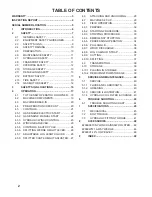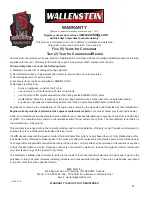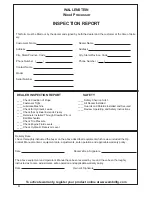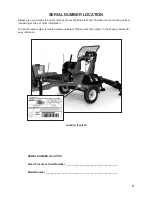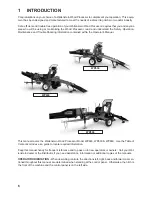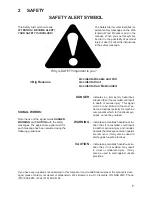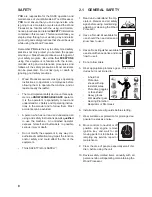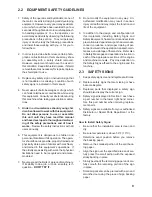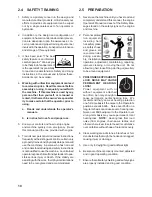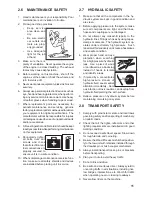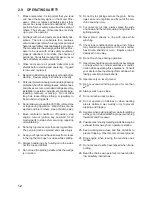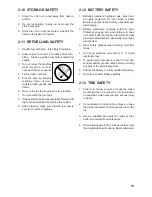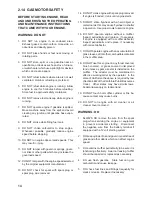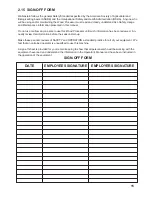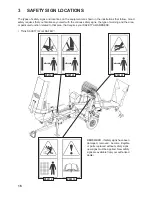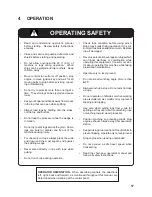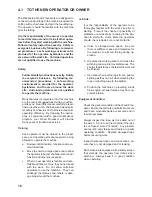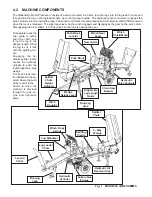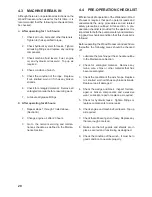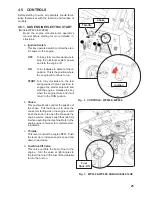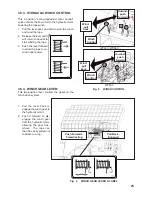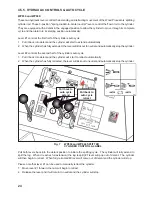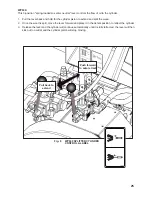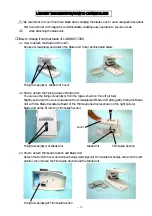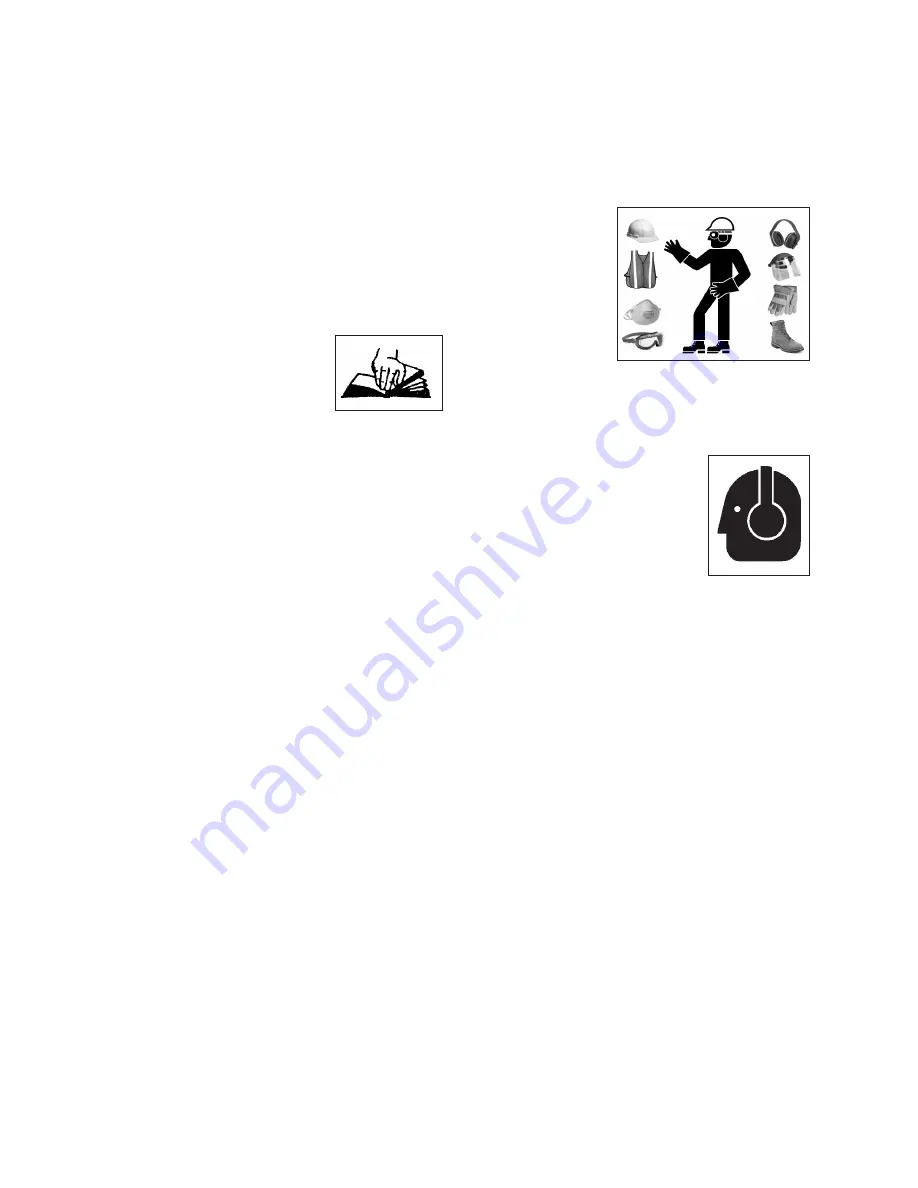
10
1.
Safety is a primary concern in the design and
manufacture of our products. Unfortunately, our
efforts to provide safe equipment can be wiped
out by a single careless act of an operator or
bystander.
2. In addition to the design and configuration of
equipment, hazard control and accident preven-
tion are dependent upon the awareness, con-
cern, prudence and proper training of personnel
involved in the operation, transport, maintenance
and storage of this equipment.
3. It has been said, "The best
safety feature is an informed,
careful operator." We ask you
to be that kind of an operator. It
is the operator's responsibility
to read and understand ALL Safety and Using
instructions in the manual and to follow these.
Accidents can be avoided.
4.
Working with unfamiliar equipment can lead
to careless injuries. Read this manual before
assembly or using, to acquaint yourself with
the machine. If this machine is used by any
person other than yourself, or is loaned or
rented, it is the machine owner's responsibil-
ity to make certain that the operator, prior to
using:
a. Reads and understands the operator's
manuals.
b. Is instructed in safe and proper use.
5.
Know your controls and how to stop engine
and machine quickly in an emergency. Read
this manual and the one provided with engine.
6. Train all new personnel and review instructions
frequently with existing workers. Be certain only
a properly trained and physically able person will
use the machinery. A person who has not read
and understood all using and safety instructions
is not qualified to use the machine. An untrained
operator exposes himself and bystanders to pos-
sible serious injury or death. If the elderly are
assisting with the work, their physical limitations
need to be recognized and accommodated.
2.4 SAFETY
TRAINING
2.5 PREPARATION
1.
Never use the machine until you have read and
completely understand this manual, the engine
Operator's Manual and each of the Safety Mes-
sages found on the safety signs on the engine
and machine.
2. Personal protec-
tion equipment
including hard
hat, safety glass-
es, safety shoes,
and gloves are
recommended
during assem-
bly, installation,
operation, adjustment, maintaining, repairing,
removal, cleaning, or moving the unit. Do not
allow long hair, loose fitting clothing or jewellery
to be around equipment.
3.
PROLONGED EXPOSURE TO
LOUD NOISE MAY CAUSE
PERMANENT HEARING
LOSS!
Power equipment with or
without equipment attached
can often be noisy enough to
cause permanent, partial hearing loss. We
recommend that you wear hearing protection
on a full-time basis if the noise in the Operator's
position exceeds 80db. Noise over 85db on a
long-term basis can cause severe hearing loss.
Noise over 90db adjacent to the Operator over
a long-term basis may cause permanent, total
hearing loss.
NOTE:
Hearing loss from loud
noise (from engines, chain saws, radios, and
other such sources close to the ear) is cumulative
over a lifetime without hope of natural recovery.
4. Clear working area of stones, branches or hid-
den obstacles that might be hooked or snagged,
causing injury or damage.
5. Use only in daylight or good artificial light.
6. Be sure machine is properly mounted, adjusted
and in good operating condition.
7. Ensure that all safety shielding and safety signs
are properly installed and in good condition.


